Written by: David Hart, RamAir Air Duct Cleaning
Cleaning and treating the HVAC system in a structure is an integral part of any smoke restoration project, whether it’s a structural fire or wildfire situation.
Smoke, which can enter the HVAC system passively or actively, often results in unpleasant odors, plus it can leave a soot coating that can be a serious health hazard.
As with the restoration process for the rest of the structure and contents, source removal is the primary step followed by odor neutralization.
In this article, we’ll cover the basics of air duct cleaning in the fire restoration process, specifically focusing on how to remove tough smoke odors.
What is the difference between passive and active smoke damage?
When the HVAC system is turned off and not mechanically circulating air, the smoke that has entered the structure can still get into the HVAC system. This is what is known as passive smoke contamination.
In situations where the HVAC system is mechanically circulating air, such as in a heat or cool setting or simply “fan on,” it is known as active smoke contamination.
The process for treating either type of smoke damage in the HVAC system is the same; however, it should be performed by a qualified HVAC cleaning and restoration professional.
If you are a restoration professional thinking about offering HVAC cleaning services, the good news is that the process is relatively simple, provided you have the right equipment.
What are the parts of an HVAC system?
There are three parts to an HVAC system: return ducting, air handler and supply ducting.
- Return ducting - the ducting through which the air in the structure is pulled into the air handler.
- Air handler - the mechanical device used to regulate the temperature of and circulate air, typically a metal box containing a blower, heating or cooling elements and filters.
- Supply ducting - the ducting leading from the air handler that distributes the regulated air into the different rooms and areas of the structure.
Cleaning the Return Ducting
The return ducting is often the dirtiest part of the HVAC system, as it catches the brunt of the incoming airborne debris and is the first in line, often ahead of the filtration system.
The entire length of ducting, from grill to air handler should be thoroughly cleaned, including the register grill(s). The process for cleaning the return ducting involves a combination of agitation, mass air movement, and vacuum.
To agitate the debris/soot residue on the surface of the duct, a duct cleaning whip is used. A duct cleaning whip is a rubber tube measuring about 1/4” diameter and 14” long. Highly compressed air is released through the tube, causing it to whip around inside the duct.
The whip is attached to the end of either a specialized blasting hose or a series of rigid tubes that is fed through the entire length of the ductwork. As the debris is freed from the sides of the duct by the whip agitation, it is blown and vacuumed (in what is referred as the push-pull method) into a HEPA-filtered, sealed containment canister.
Cleaning the Air Handler
The blower fan, heating element(s), air conditioning coils (if present), and all electronic boards/circuits should be blasted with air and/or vacuumed in order to remove dust and particulate. A coil cleaning spray (often in an aerosol) can be sprayed on the A/C coils as necessary.
Cleaning the Supply Ducting
The supply ducts connect to the air handler with what’s called the trunk line(s) and branches into the various areas of the structure into what are referred as supply lines.
An agitation whip and/or blasting ball, both of which are powered by highly compressed air, is run through the trunk(s) and supplies, scouring the sides of the ducts and moving the debris out of the structure or into a HEPA-filtered containment canister
Once you’ve thoroughly cleaned the HVAC system, it’s time to get rid of those smoke odors!
The most effective way to neutralize odors is by oxidation. Oxidation, literally adding an oxygen atom to a molecule, changes the structure of the odor-causing molecules, rendering them odorless. Chlorine dioxide (ClO2) and ozone are two examples of powerful oxidizers, both can be used in the odor neutralization step of the restoration process.
Ozone Odor Neutralization
Ozone, or O3, is a pungent, oxidative gas generated by portable generators. The ozone generator is positioned at or near the return duct opening, and by the action of the HVAC system’s blower fan, is pulled into the duct system, treating the ducts and air handler.
If the entire structure has yet to be treated with an oxidizer, this can be a favorable way to perform the HVAC smoke odor neutralization process, as you’re basically killing two birds with one stone: the ozone will circulate through the entire building, treating the HVAC system, structure and contents.
Chlorine Dioxide Odor Neutralization
Chlorine dioxide, or ClO2, can be misted directly onto the duct walls and air handler. This process is achieved by way of a device called SaniJet, a pressurized canister with a long hose attachment leading to an application ball. The hose is inserted into the duct as far as it will go through a duct opening, a lever is depressed on the pressurized canister while the hose is steadily retracted, delivering the ClO2 directly to the duct walls. The air handler and its components are treated by detaching the hose from the SaniJet and misted directly.
The method of applying ClO2 through the HVAC system by fogging it into the return duct, relying on the air handler’s blower fan to carry it through the system is no longer recommended. Not only does little-to-no ClO2 adhere to the duct walls with this method, the fog blows out of the supply registers, coating the entire structure with what was intended to be applied to the duct walls. The SaniJet method ensures that 100% of the ClO2 adheres to the duct walls, none of it enters the rest of the structure.
Conclusion
Again, as with all aspects of fire and smoke damage restoration, including air duct cleaning, source removal is first and foremost. Once the HVAC system, including the return ducting, air handler (and its components) and the supply ducting have been thoroughly cleaned with agitation, mass air movement and direct vacuum and the smoke odor neutralization step is complete, you can be confident in the process you’ve provided for fire damage restoration.
Shop Jon-Don for Fire and Smoke Damage Restoration
Restoration professionals who handle fire and smoke damage restoration have trusted Jon-Don for decades for the equipment, products, and know-how their businesses depend on. For technical assistance or help placing an order, our knowledgeable team of restoration experts are just a phone call away. Shop online 24/7 at jondon.com and enjoy same-day shipping on in-stock orders, plus the industry’s best guarantee!

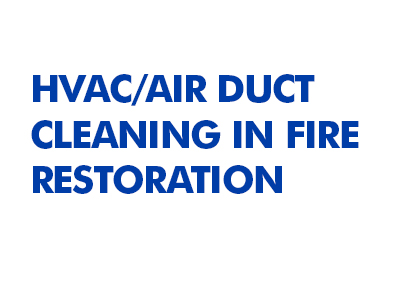
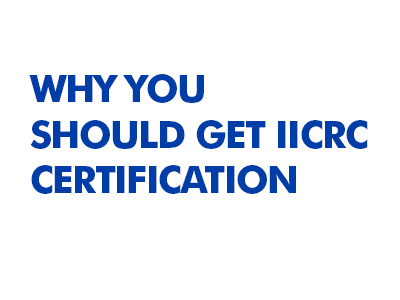
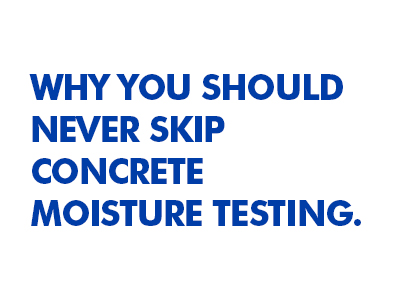

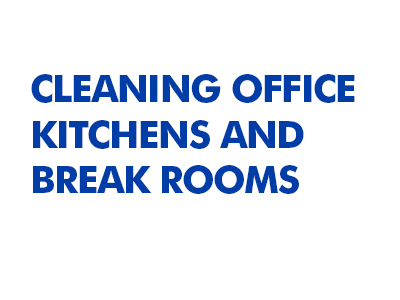




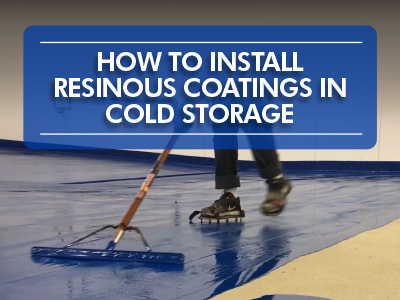



Comments